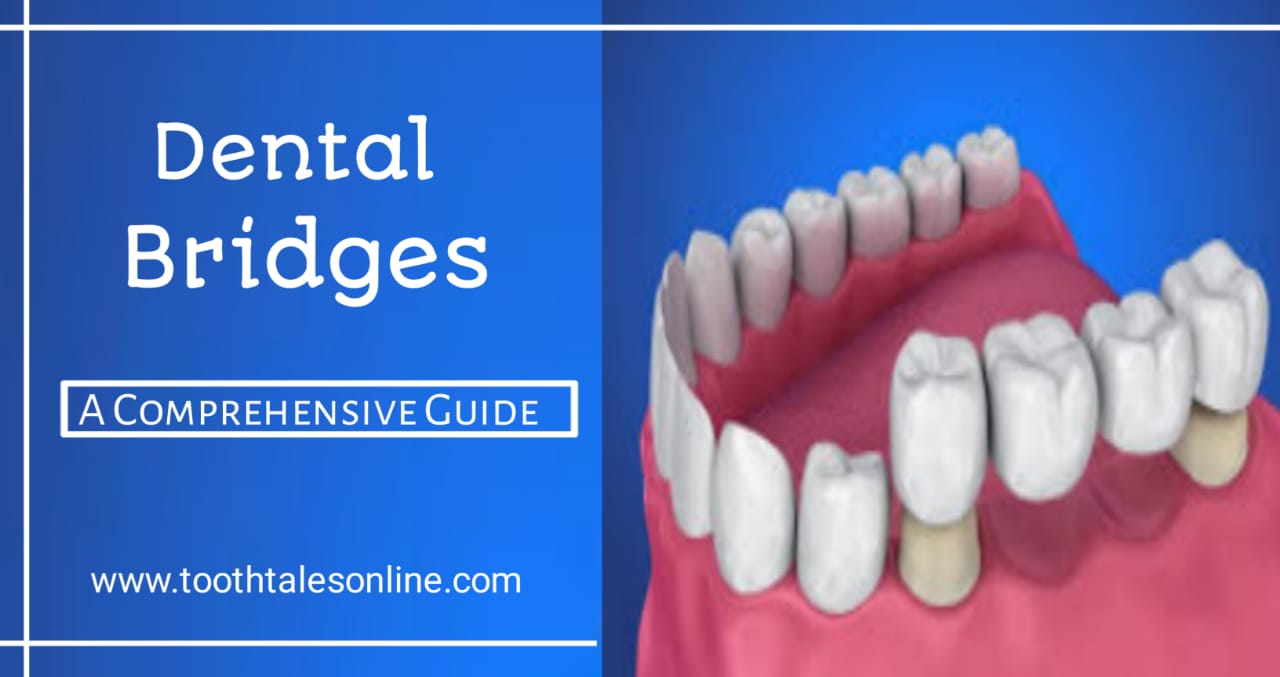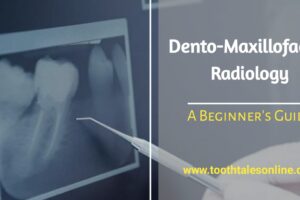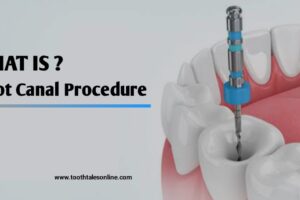Introduction:
A dental bridge is a common solution for replacing missing teeth. It works by filling the gap with artificial teeth, called “pontics,” which are supported by natural teeth or dental implants next to the gap. A dental bridge not only helps restore your smile but also improves chewing and speaking abilities, while maintaining the shape of your face. Furthermore, there are different types of dental bridges available, each tailored to specific dental needs.
Types of Dental Bridges:
- Traditional Dental Bridges: The most common type of dental bridge is the traditional bridge. It utilizes crowns placed on the teeth next to the gap to secure the artificial teeth in place. This method is ideal when there are healthy teeth on both sides of the missing tooth.
- Cantilever Dental Bridges: Another type is the cantilever bridge, which is used when there’s only one natural tooth next to the gap. In this case, the bridge is anchored to that single tooth, making it a good option for people who do not have teeth on both sides of the gap.
- Maryland Dental Bridges (Resin-Bonded Bridges): Unlike traditional bridges, Maryland bridges use a metal or porcelain frame bonded to the back of the adjacent teeth. As a result, this option is less invasive since it doesn’t require crowning the neighboring teeth.
- Implant-Supported Bridges: Lastly, implant-supported bridges offer a more stable and permanent solution. Instead of using crowns, this type of bridge is held by dental implants placed in the jawbone, making it especially beneficial for larger gaps.
The Dental Bridge Procedure:
- Consultation: The process begins with a consultation, where your dentist will examine your teeth and recommend the most suitable type of bridge based on your specific needs.
- Preparation: For traditional and cantilever bridges, the dentist will remove a small amount of enamel from the nearby teeth to make room for crowns. In addition, an impression will be taken to create a custom bridge that fits your mouth precisely.
- Temporary Bridge: While waiting for your permanent bridge to be made, the dentist will place a temporary bridge to protect the prepared teeth.
- Fitting the Permanent Bridge: Once your custom bridge is ready, the dentist will fit it into place, making any necessary adjustments before permanently cementing it.
- Follow-Up Visit: In some cases, a follow-up visit may be required to ensure the bridge fits well and feels comfortable.
Benefits of Dental Bridges:
- Restores Your Smile: A dental bridge effectively fills the gap left by missing teeth, improving your appearance and boosting your self-confidence.
- Improves Chewing: It also makes chewing easier, which is essential for proper digestion and overall health.
- Prevents Teeth from Shifting: Filling the gap helps prevent the surrounding teeth from moving out of place, which can lead to misalignment over time.
- Maintains Facial Structure: Missing teeth can cause changes in facial structure, but a dental bridge helps maintain your natural look.
Caring for Your Dental Bridge:
To ensure your dental bridge lasts as long as possible, it’s important to practice proper oral hygiene:
- Brush and Floss Daily: Regular brushing and flossing help prevent gum disease and tooth decay around the bridge.
- Avoid Hard Foods: It’s wise to steer clear of hard or sticky foods that can damage the bridge.
- Attend Regular Dental Checkups: Routine visits to your dentist will help keep your bridge in good condition.
Possible Risks and Complications:
Though dental bridges are effective, there are some potential risks and complications to be aware of:
- Gum Disease: Poor oral hygiene can lead to gum disease, which may shorten the lifespan of your bridge.
- Damage to Nearby Teeth: The teeth supporting the bridge may become weak or develop decay if not properly cared for.
- Bridge Failure: Although rare, a bridge may loosen or break, requiring repair or replacement.
Conclusion:
In conclusion, dental bridges are a reliable way to replace missing teeth, offering both functional and aesthetic benefits. With the right care, they can last for many years, improving your ability to chew, speak, and smile with confidence. If you’re considering getting a dental bridge, it’s important to consult with your dentist to determine the best option for your needs. Ultimately, a restored smile can greatly enhance your self-esteem and overall quality of life.
FAQs:
- What is a dental bridge?
A dental bridge is a device used to replace missing teeth, supported by nearby natural teeth or implants. - What types of dental bridges are there?
The main types include traditional, cantilever, Maryland (resin-bonded), and implant-supported bridges. - How long do dental bridges last?
With proper care, a dental bridge can last anywhere from 5 to 15 years or more. - Is getting a dental bridge painful?
The procedure is generally not painful, as local anesthesia is used. Any discomfort afterward is typically short-lived. - How do I care for my dental bridge?
Regular brushing, flossing, and dental checkups will keep your bridge in good condition. - How much does a dental bridge cost?
The cost varies based on the type of bridge, materials, and location, typically ranging between $1,000 and $5,000. - Can dental bridges be removed?
Traditional bridges are fixed, while implant-supported and temporary bridges can be removed by a dentist. - How long does it take to get a dental bridge?
The process generally requires two dentist visits, with a waiting period for the custom bridge to be crafted.






















Add Comment